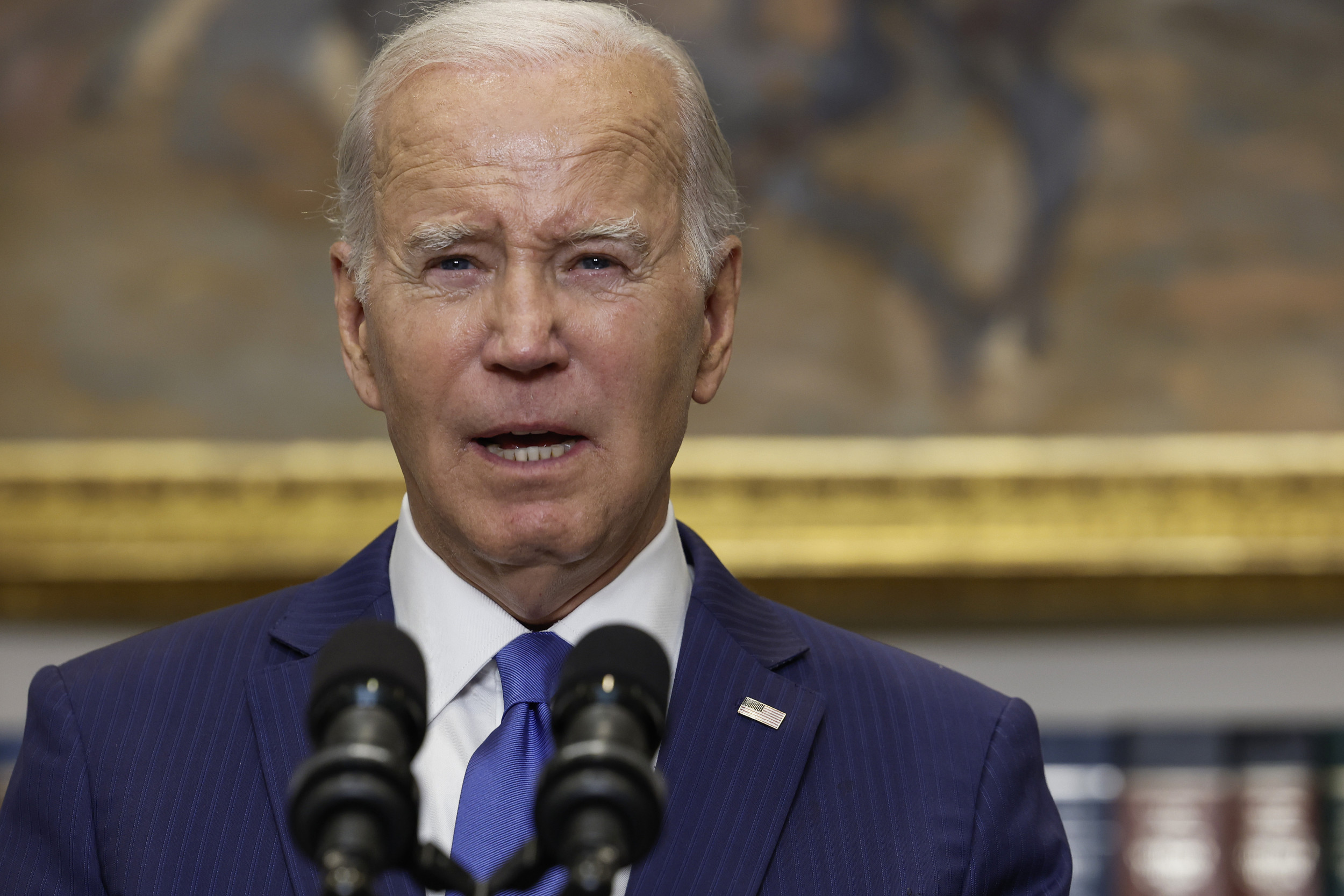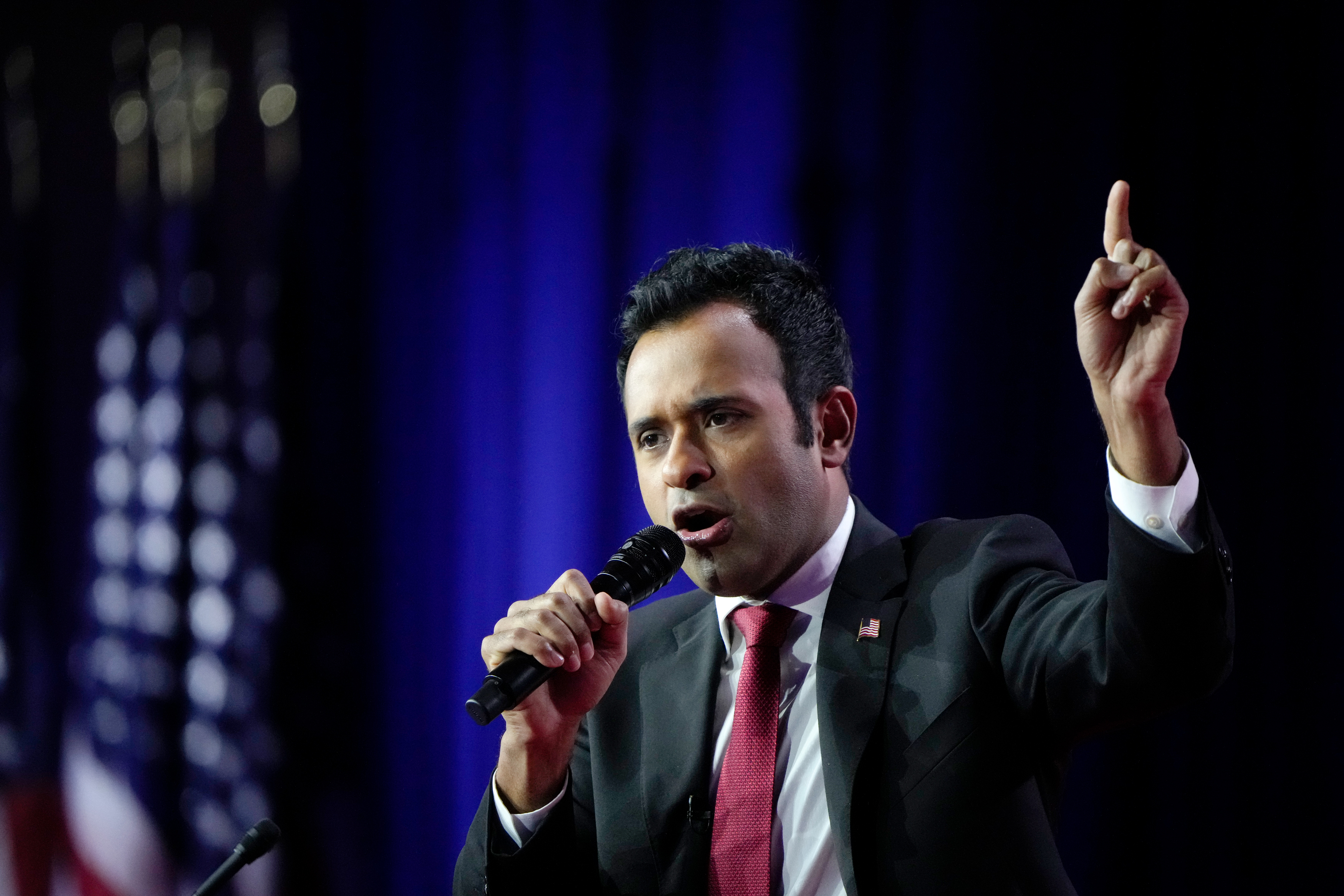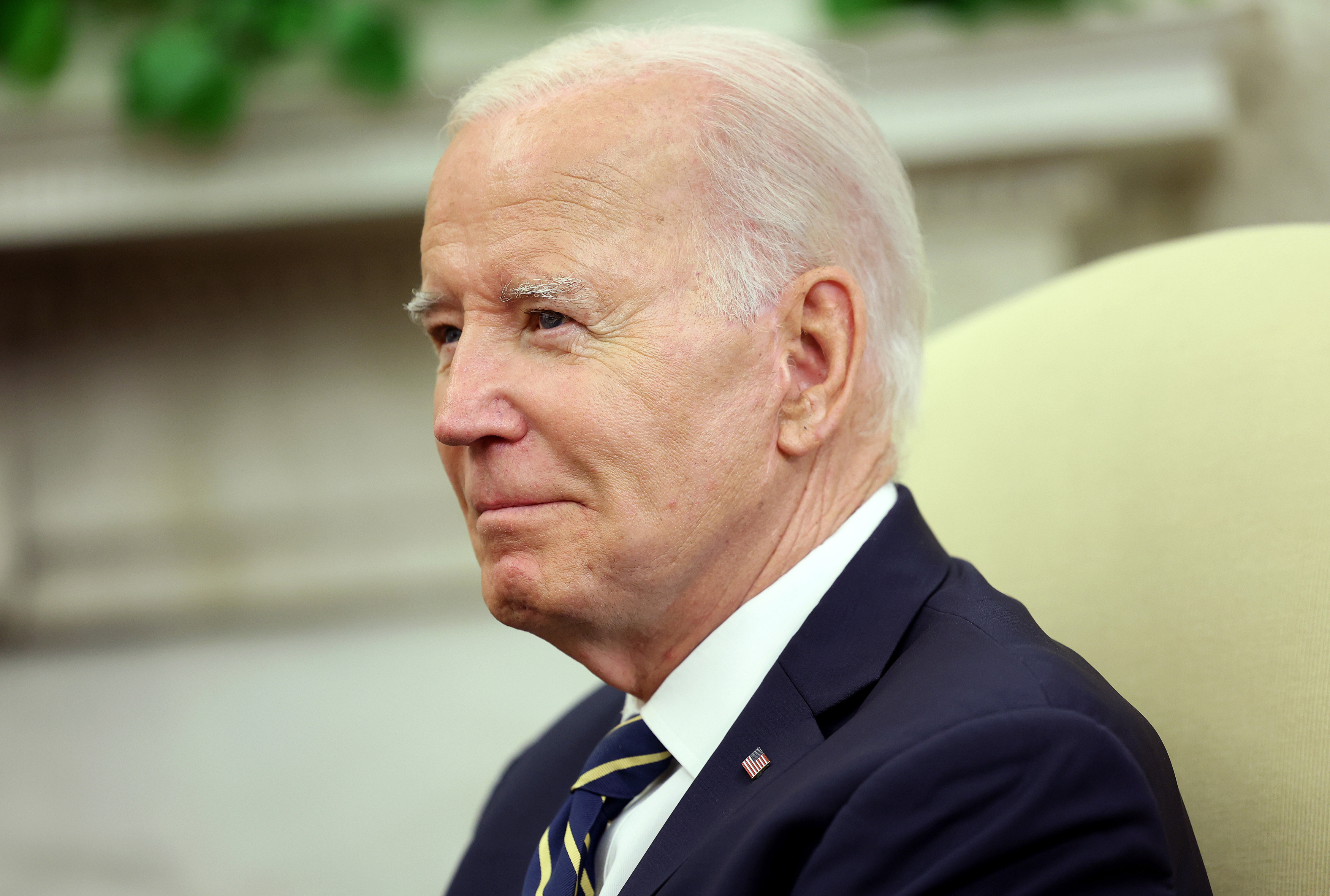
On February 24, 2022, Russia commenced a full-scale invasion of Ukraine. In response, the United States, G7 and EU implemented the most comprehensive, coordinated set of financial sanctions and economic restrictions in history.
The purpose of the sanctions was to deny Russia the ability to finance its full-scale invasion of Ukraine and bring the war to a swift conclusion. The White House issued a statement on April 6, 2022, outlining its policy toward Russia based on forecasts by experts predicting "Russia's GDP will contract up to 15 percent this year, wiping out the last fifteen years of economic gains."
Similar forecasts regarding Russia's GDP contraction were made by the World Bank, reporting in April 2022, "sanctions already in place are expected to drive Russia's GDP down by 11.2 percent in 2022."
If these forecasts had materialized, the sanctions may have succeeded in dissuading Russia from continuing its invasion and brought them to the negotiating table. However, the European Council of the European Union reported in May 2023, "It is estimated that in 2022, Russia's gross domestic product (GDP) dropped by [only] 2.1%."
The relationship between the stark difference in GDP figures is explained in part by forecasting and data science. In this article, I'll explore this larger example before diving into how artificial intelligence (AI) is impacting forecasting for both private and public organizations.
The intersection between cloud computing, AI, data science and the social sciences is where I have spent my career.
In the late 1980s, as a recent graduate of the School of International Service at the American University in Washington, D.C., I immersed myself in bringing economic development, technology, and humanitarian assistance to Eastern Europe, coordinating with U.S. government agencies, non-governmental organizations (NGOs) and the private sector. In the waning days of communism, the region's economies had largely stagnated with significant GDP contractions, declining industrial and agricultural output and trade, and consumer shortages of energy, food and other basic goods. Democratic institutions had yet to emerge and government corruption was prevalent.
The widespread social unrest across the region was sudden and had spread with unprecedented velocity. I was fascinated by the many internal and external factors and economic and political facets of these societies that had created the conditions for social, political and economic disruptions.
Beginning in the early 2000s, my experience in developing pioneering cloud and mobile technologies and AI ultimately led to the combining of my passions for international relations and data system building — to synergize international data obtainment and analyze using machine learning and AI applications. The challenge of applying AI and data science to understanding global events has become essential in an increasingly interdependent world and in the current crisis in Ukraine.
In addition to inaccurate forecasts on the impact of economic sanctions on Russia, there have also been military and humanitarian miscalculations.
The U.S. and NATO have provided unprecedented military aid to Ukraine. According to the U.S. Department of State's Bureau of Political-Military Affairs, the U.S. has invested "more than $40.5 billion in security assistance" with allies contributing in addition "over $13 billion in security assistance."
Despite the scale of economic sanctions and military aid, Ukraine has been unable to dislodge Russia from Eastern Ukraine.
The human toll resulting from the conflict has been catastrophic.
According to the UN refugee agency, since the outset of the Russian invasion, over 13 million Ukrainians, close to "a third of Ukraine's prewar population have been displaced." Over eight million are refugees who have left the country and over five million are internally displaced.
According to the Office of the UN High Commissioner for Human Rights (OHCHR), the number of recorded civilian casualties is 24,862, but OHCHR believes the number of actual casualties is "considerably higher," though this cannot be confirmed at the present time.
The number of Ukrainian and Russian military casualties is difficult to come by as neither side is transparent or timely in their disclosures. However, official U.S. government statements as well as leaked Pentagon documents indicate casualties in the hundreds of thousands.
AI-Powered Scenario Forecasting
While the conflict in Ukraine is a large-scale example of the power of forecasting, it provides insight into the potential impact of inaccurate data. For both the private and public sector, the importance of accurate real-time data cannot be understated. AI-powered scenario forecasting is made possible by accessing data from a broad spectrum of primary data sources, including observation-based equipment (e.g., satellites, sensors, stationary cameras, drones, metering and measuring systems, ocean buoys, etc.), governmental and intergovernmental organizations and NGOs, weather and public health agencies, universities, and the private sector, including S&P 500 and leading private companies.
Machine learning enables the rapid analysis of huge data sets with algorithms to generate data-driven insights and scenario forecasting. The accuracy of forecasts that governments, organizations, and companies rely on is largely dependent on the currency, reliability, and completeness of the data. Real-time data that is weighted toward observation, measurement and primary sources, excluding unconscious bias, will render more accurate forecasts.
Conclusion
Even if the Ukrainians are ultimately successful in extirpating the Russian military from Eastern Ukraine, the forecasts upon which the policies of the U.S., G7, and EU were formulated were egregiously inaccurate.
The forecasts of the impact of these unprecedented economic sanctions and military assessments that undergirded these policies were overly optimistic, and the resulting human consequences continue to be catastrophic.
The forecasts failed to assess Russia's ability to dynamically adapt to the sanctions by increasing economic activity and trade with India, China, the Middle East, Latin America, and Africa. The signals were readily available in real-time data but were unaccounted for in the forecast models.
With greater accuracy in real-time scenario forecasting and a panoply of policy options, including diplomacy, economic sanctions, and military aid to work with, the United States and its allies could have chosen to attempt to de-escalate the conflict by increasing diplomatic overtures toward Russia prior to and possibly in the early days of the invasion to address Russia's expressed security concerns and interests.
If policymakers had received realistic forecasts prior to the invasion, would they have opted for diplomacy to mitigate the conflict, and would such policies have been successful? We will never know the answers to those questions.








